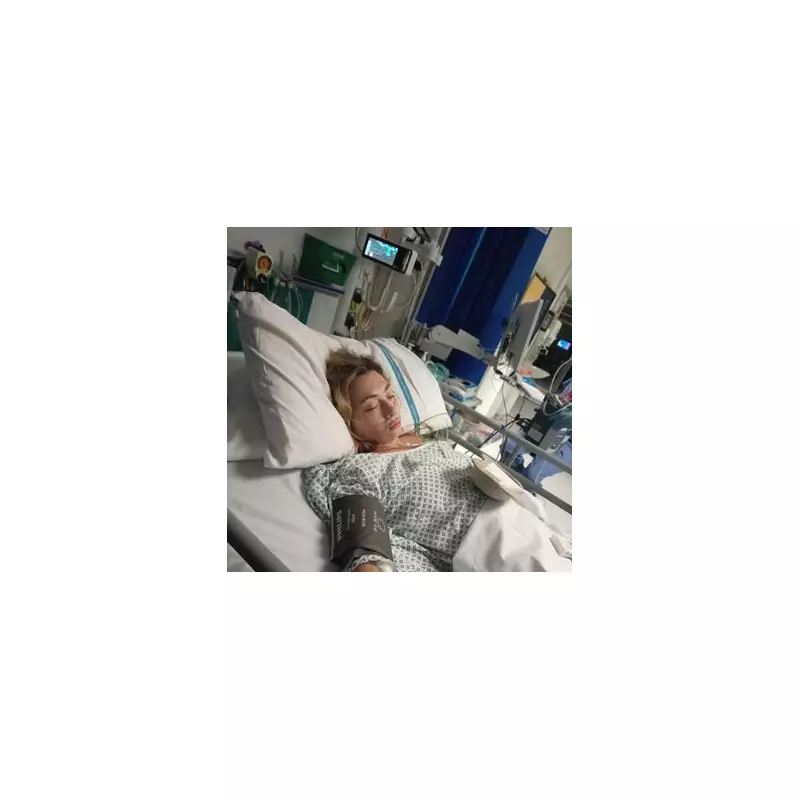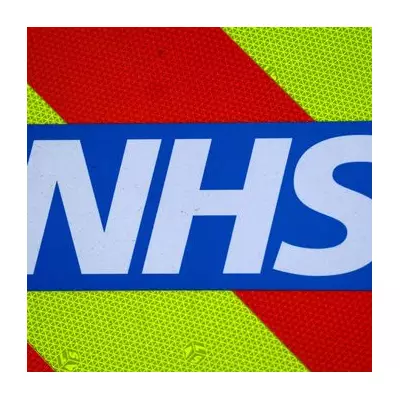
When 41-year-old mother Sarah thought she'd simply pulled a muscle during a workout, she had no idea she was actually experiencing one of medicine's most dangerous conditions - an aortic dissection. What began as routine back pain quickly escalated into a life-or-death emergency that doctors initially missed.
The Day Everything Changed
"It started as a sharp pain between my shoulder blades after exercising," Sarah recalls. "I assumed it was just a pulled muscle from overdoing it at the gym." Like many would, she took painkillers and tried to rest, expecting the discomfort to fade.
But instead of improving, the pain intensified dramatically. "It felt like someone was stabbing me in the back repeatedly," she describes. "The pain became so severe I could barely breathe."
A Terrifying Diagnosis
Rushed to hospital, Sarah's condition was initially mistaken for a heart attack. It wasn't until specialists conducted further tests that the terrifying truth emerged: she was suffering from an aortic dissection - a tear in the main artery leading from her heart.
"The doctors told me I was incredibly lucky to be alive," Sarah says. "Aortic dissections are often called 'silent killers' because they're frequently misdiagnosed until it's too late."
Symptoms You Should Never Ignore
- Sudden, severe chest or upper back pain - often described as tearing or ripping
- Pain that radiates to neck, jaw, or down the back
- Difficulty breathing
- Fainting or dizziness
- Rapid, weak pulse
- Difficulty speaking or sudden weakness
The Road to Recovery
Sarah underwent emergency surgery and faced a challenging recovery, but her story has a happy ending. Now, she's determined to raise awareness about this little-known but deadly condition.
"If my experience helps even one person recognise the symptoms and get help faster, then sharing my story will be worth it," she says. "Don't dismiss severe pain - always get it checked properly."
Expert Medical Insight
Cardiologists emphasise that aortic dissections require immediate medical attention. The condition has a high mortality rate if not treated promptly, with risk increasing by approximately 1% for every hour without treatment.
While relatively rare, affecting about 3-4 people per 100,000 annually, recognition of symptoms can mean the difference between life and death. Certain factors like high blood pressure, genetic conditions, and previous heart surgery can increase risk.





